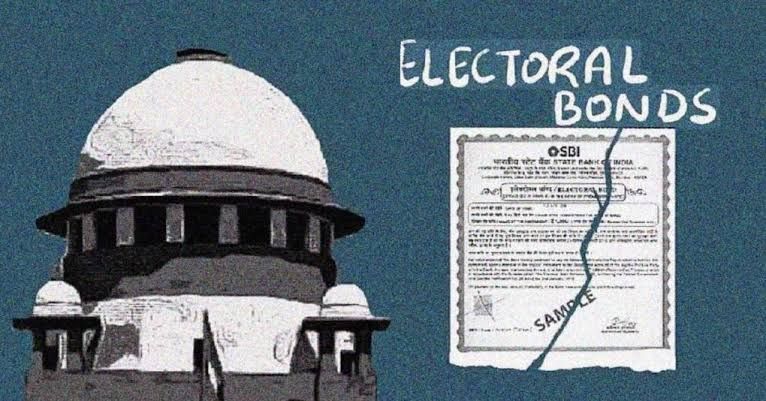By Juhi Jain.
INTRODUCTION
The case of Nirbhaya, a name used for a young lady who was viciously gang-raped in Delhi in December 2012, shocked the country and provoked anger across the globe. Significant precedents on victim rights, sexual abuse, and the administration of justice were established in Indian jurisprudence as a result of the ensuing court war, which ended with the Supreme Court of India. This article looks at the Nirbhaya case’s legal history, consequences, and significant rulings by the Supreme Court.
BACKGROUND
A male friend and 23-year-old Nirbhaya, a physical therapy intern, boarded a private bus in South Delhi on the fateful night of December 16, 2012. Six guys, one of whom was a minor, attacked them, viciously beating Nirbhaya’s friend and gang-raping her. In addition, the attackers severely injured her internal organs by inserting an iron rod into her genitalia. Even after numerous surgeries, Nirbhaya passed away on December 29, 2012, from her wounds
LEGAL PROCEEDING
The culprits were quickly taken into custody by the Delhi Police, and the case caused a great deal of public indignation and media coverage. The youngster, who faced a maximum penalty of three years in a juvenile detention institution, was among the four accused who received death sentences from the trial court, which accelerated proceedings. But because of appeals and objections brought forth by the convicted, the legal battle continued to higher courts.
SUPREME COURT INVESTIGATIONS
The Indian Supreme Court was crucial in bringing Nirbhaya’s case to justice and in establishing precedents that sped up trials for sexual assault cases. Numerous applications were heard by the supreme court, including review petitions, appeals against the trial court’s decision, and prayers of compassion submitted by the guilty parties.
LANDMARK JUDGMENTS:
- Verification of Capital Punishment:
The death sentences given to the four convicted individuals were maintained by the Supreme Court in May 2017, highlighting the heinousness of the crime and its consequences for society. The ruling upheld the court’s position that severe offenses against women must be punished with deterrence and that there can be no room for exceptions.
- Receipt of Victim Rights:
The Supreme Court recognized Nirbhaya’s rights and the pain her family had experienced, highlighting the significance of victim-centric justice. By ensuring that the victim’s family received sufficient compensation and support, the court’s orders established a precedent for victim rights in India’s criminal justice system.
- Laws pertaining to juvenile justice amended:
The Nirbhaya case provoked discussions on how to handle young people who have committed serious crimes. In response, the Indian government changed the Juvenile Justice Act, 2015 to permit the adult trial of minors between the ages of 16 and 18 in situations involving heinous crimes including rape and murder.
- Accelerated Courts and Legal Amendments:
Proposals for judicial reforms to speed up trials in cases of sexual violence were sparked by the protracted legal battle. The Nirbhaya case directly led to the creation of fast-track courts and the passing of stronger legislation, like the Criminal Law (Amendment) Act, 2013, with the goal of improving access to justice and deterrent.
- In summary:
The Nirbhaya case serves as an example of how India’s judicial system is capable of bringing about social change and administering justice. The Supreme Court underlined its commitment to upholding victims’ rights, discouraging crimes against women, and guaranteeing the prompt and efficient administration of justice through historic rulings and legislative measures. The case does, however, also highlight the necessity of ongoing attempts to address systemic issues, such as the pervasiveness of sexual abuse in society and gender inequality. The nation must continue to be watchful in preserving the ideals of justice, equality, and human dignity for everyone as it commemorates and respects Nirbhaya.


